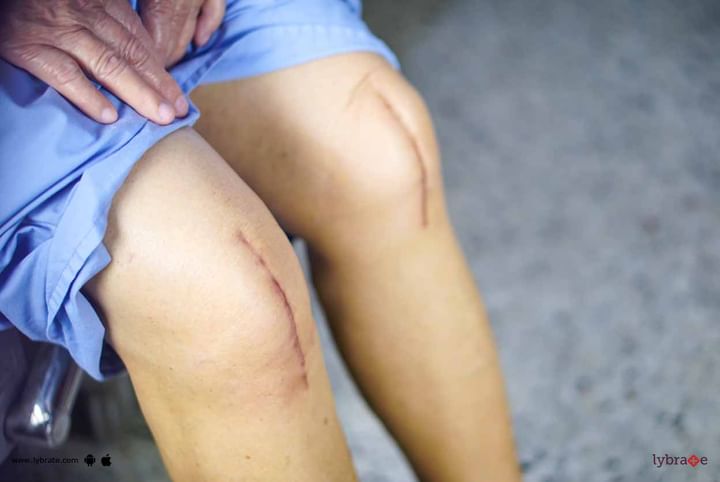Knee Replacement Surgery - Understanding The Implants Used In It!
Knee replacement is a procedure in which artificial implants are inserted into the knee to replace the parts involved in carrying weight. A knee replacement surgery can be required for a number of reasons. Several forms of arthritis may be responsible. Psoriatic and rheumatoid arthritis are among the common causes, especially in people above certain age bracket. Moreover, injuries sustained and trauma received in the cartilages and ligaments may be a major reason why you have to avail knee replacement surgery.
A lot of care has to be taken after surgery to restore the health and walking abilities of the patient. In most cases, walking aids like crutches are preferred. By about 6 weeks after surgery, the patient returns to normalcy.
Implants in knee replacement:
Implants are used in surgical procedures to replace several parts of an injured knee. There are different types of implants, and the one that will be your best fit depends on:
• Your age and weight
• Your medical history
• The amount of physical activity you get every day, and whether you have physical stress in your daily routine.
• Your gender
Types of implants:
The different types of implants used when total replacement of the human knee is required are:
1. Posterior stabilized designs: these designs are used as a replacement for the posterior cruciate ligament (PCL) of the knee. These implants do not let the bone of the thigh slide forward too much on the bone of the shin when your knee is bent.
2. Cruciate-retaining designs: this variety is also used in support of the posterior cruciate ligament. However, there is a key difference between the use of this one and other implants that are used when the PCL is completely debilitated. In this case, the PCL of the receiving patient must be in solid enough shape to offer support to the knee joint.
3. Bi-cruciate retaining designs: in these implants, neither of the anterior or posterior cruciate ligaments of the knee is disposed of. Both of them are retained, along with the implant that is new and artificially introduced. The major difference it has with respect to the other implants is that it gives a natural feel to the knee.
4. Uni-compartmental implants: this is the substitution of just one side or part of the knee by implants, instead of the whole knee. It is a partial procedure, used surgically on people who do not have total and extensive knee damage.
The knees are indispensable to the human body because they work to bear its entire weight and make walking possible. However, sometimes the knee is impaired enough to warrant a total replacement, due to a number of reasons like disease or injury. Varied sorts of implants are used in such cases, tailored to meet the specific needs of the patient body.



+1.svg)
